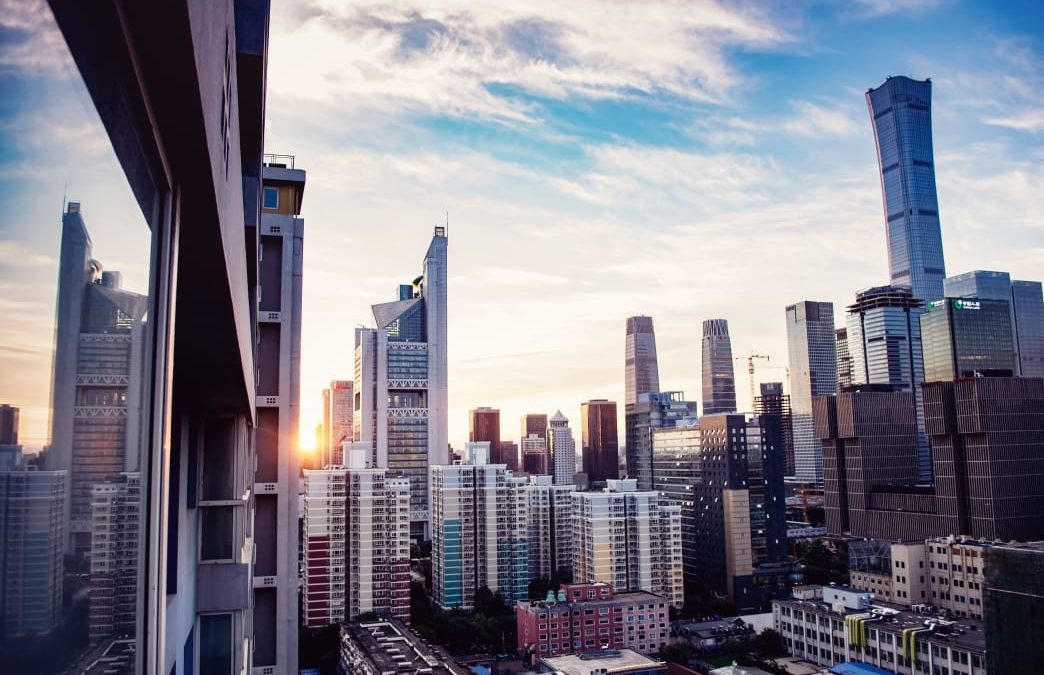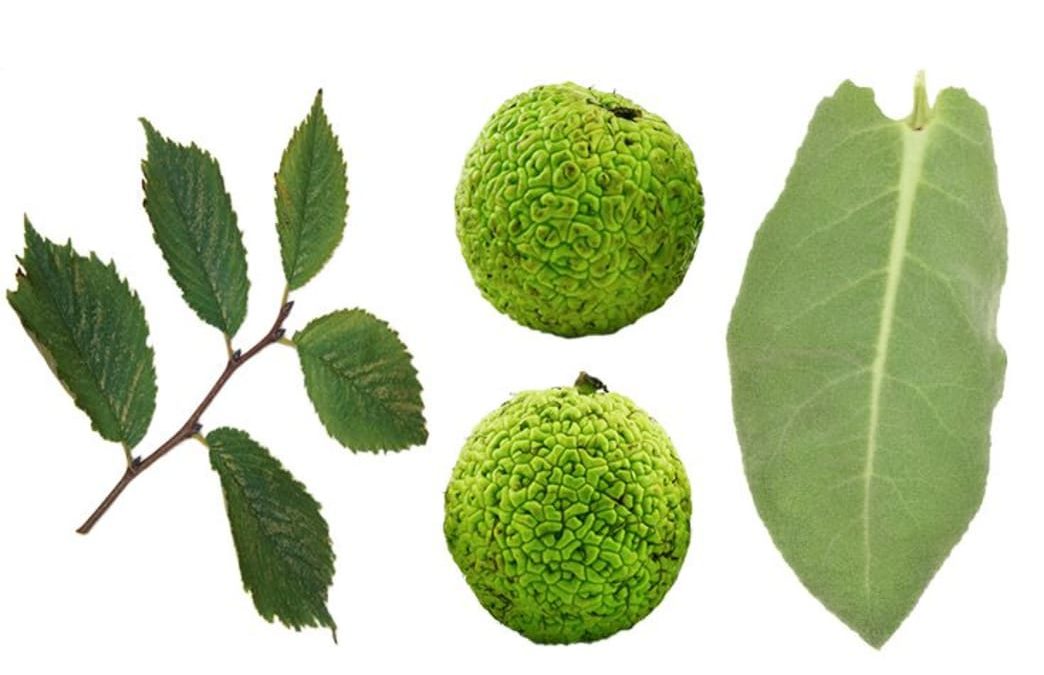
COVID-19 Has Cut Air Pollution in Some Countries—But Will this Blip Make a Difference?
What effects will this have on Hunting and Fishing?
With the global economy grinding to a halt, numerous flights cancelled, and people staying at home, atmospheric scientists are paying close attention to satellites and industry data to see how the response to COVID-19 has impacted our planet.
It’s obviously a terrible situation, with more than 34,000 deaths worldwide at the time this story was published. And experts say that the real impact to climate change is what we take away from the pandemic—the choices we make in our recovery. It does, however, provide scientists some insight as to what happens to our atmosphere when our lifestyles and economy undergo major change. “It’s an unwanted atmospheric experiment,” says Helen Worden, an atmospheric scientist at the National Center for Atmospheric Research (NCAR).
A few analyses have shown that emissions from China dropped in the weeks following the Chinese New Year, when the country was hit hard by the new coronavirus.
Lauri Myllyvirta, an analyst at the Centre for Research on Energy and Clean Air, looked at industry data to determine the country’s emissions. During that period, coal consumption dropped, oil refining slowed, and numerous flights were cancelled, among other impacts. Based on such industry information, he calculated in an analysis posted on Carbon Briefthat China’s carbon dioxide emissions were down by about a quarter from 2019 in the four weeks following the Chinese New Year.
Meanwhile, satellite data from the NASA OMI instrument showed that nitrogen dioxide was down by an average of 36 percent over China in the week after the Chinese New Year, Myllyvirta reported. Nitrogen dioxide irritates the respiratory system and contributes to asthma, and also reacts in the atmosphere to form ozone, another major pollutant.
In a report posted on the NCAR website, Worden describes her findings, based on observations from the NASA MOPITT instrument, which measures pollution in the lower atmosphere. After the Chinese New Year, the instrument measured drops in peak nitrogen dioxide up to 70 percent below levels recorded for the same period last year. For carbon monoxide, a pollutant that in high concentrations reduces the amount of oxygen entering the bloodstream, levels dropped as low as 30 to 45 percent from last year. The smaller decrease in CO is partly because the molecule lives longer in the atmosphere, so older carbon monoxide from before the crisis was already in the air during the measurements. Also, a lot of carbon monoxide also comes from residential wood-burning, which is used a lot in rural areas. “In nitrogen dioxide, we definitely see a lot less,” says Worden of her findings. “In carbon monoxide and aerosols, we see less over Beijing, Wuhan, and Shanghai. But then south of there, we actually see an increase because there were more wildfires this year in Southeast Asia.”
Worden adds that it’s important to keep in mind that the weather can affect how much pollution settles over an area, so further analysis is needed to tell how much of that decrease is due to the coronavirus response and how much is just variation in meteorology.
Now, as China is emerging from the virus-caused shutdown, emissions are starting to tick back up, notes Myllyvirta. “Just in the past few days or week, things have more or less returned to normal levels of pollution,” he says. “We might even be seeing a bit of rebound above those levels as factories make up for lost time.”
As the virus has spread across the world, other economies have also shut down, reducing fossil fuel consumption and carbon pollution. An analysis by the European Space Agency shows that nitrogen dioxide emissions over Italy are down. “Although there could be slight variations in the data due to cloud cover and changing weather, we are very confident that the reduction in concentrations that we can see, coincides with the lockdown in Italy causing less traffic and industrial activities,” said Claus Zehner, manager of the agency’s Copernicus Sentinel-5P satellite mission, in a statement.
Myllyvirta says the pollution drops in Europe aren’t as dramatic as those in China were, but they're still substantial. Electricity use in Italy is down by about 20 percent, and down by about 10 percent in Spain and France. “There’s definitely a notable reduction in urban air pollution levels,” he adds. “The biggest impact is on car transport … Traffic-related air pollution in northern Italy, France, and Spain is down quite a bit.”
Myllyvirta adds that during India’s first day on lockdown, pollution monitoring stations had their lowest nitrogen dioxide readings on record.
In New York, carbon monoxide levels were down by nearly 50 percent from the previous year, according to analysis by Columbia University scientists. This is likely due to a drop in traffic, as cars and trucks are the main source of carbon monoxide in the state. As the situation worsens across the country, air pollution and carbon dioxide will likely also decline from other urban areas.
But this short-term stall of our fossil-fuel burning society is just a small blip in our overwhelmingly upward trend in greenhouse gas emissions. If anything, the reduction in aerosols—fine particles that include soot from combustion—might even cause a tiny bit of warming this summer, an article on Weather Underground explains. While particulate matter is undeniably bad for our health, those aerosol particles in the atmosphere actually provide a slight cooling effect. (It’s likely any effect would be unremarkable and within the natural variation in climate, though).
What does matter, however, is what we do next. Economic downturns in general tend to lead to brief drops in emissions. During the 2008-2009 Great Recession, global carbon dioxide emissions went down by about two percent from previous years. But after that, we went straight back to polluting carbon, with global emissions growing in subsequent years. (Although that rate might now be slowing down a little.) After the downturn, Myllyvirta points out that China invested heavily in infrastructure as part of its stimulus, producing massive amounts of steel and cement—big sources of greenhouse gas emissions.
But economic growth and stimulus packages need not necessarily be tied to ramping up carbon pollution. Research by the Global Carbon Project team has shown that at least 18 countries have been able to grow their economies over the past decade while cutting back on greenhouse gas emissions. The American Recovery and Reinvestment Act of 2009 included provisions for what amounted to the largest clean energy bill in the United States’ history. In the decade that followed the recession, stimulus money helped renewables become affordable and rapidly increase their share of the market.
Now, as legislators worldwide work on rescue packages, the planet may hang in the balance. “Do you support industries that are viable and actually have a future?” says Myllyvirta. “Or do you support fossil fuel industries that were failing already before the crisis?”
Written by Ula Chrobak for Popular Science and legally licensed through the Matcha publisher network. Please direct all licensing questions to legal@getmatcha.com.
Featured image provided by Popular Science







